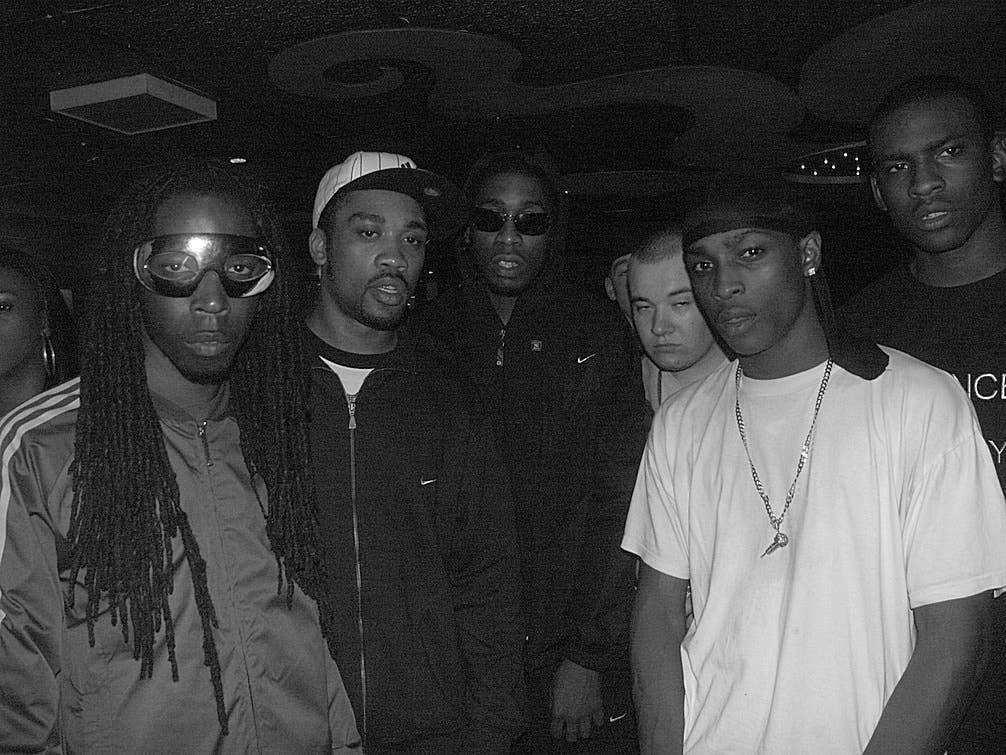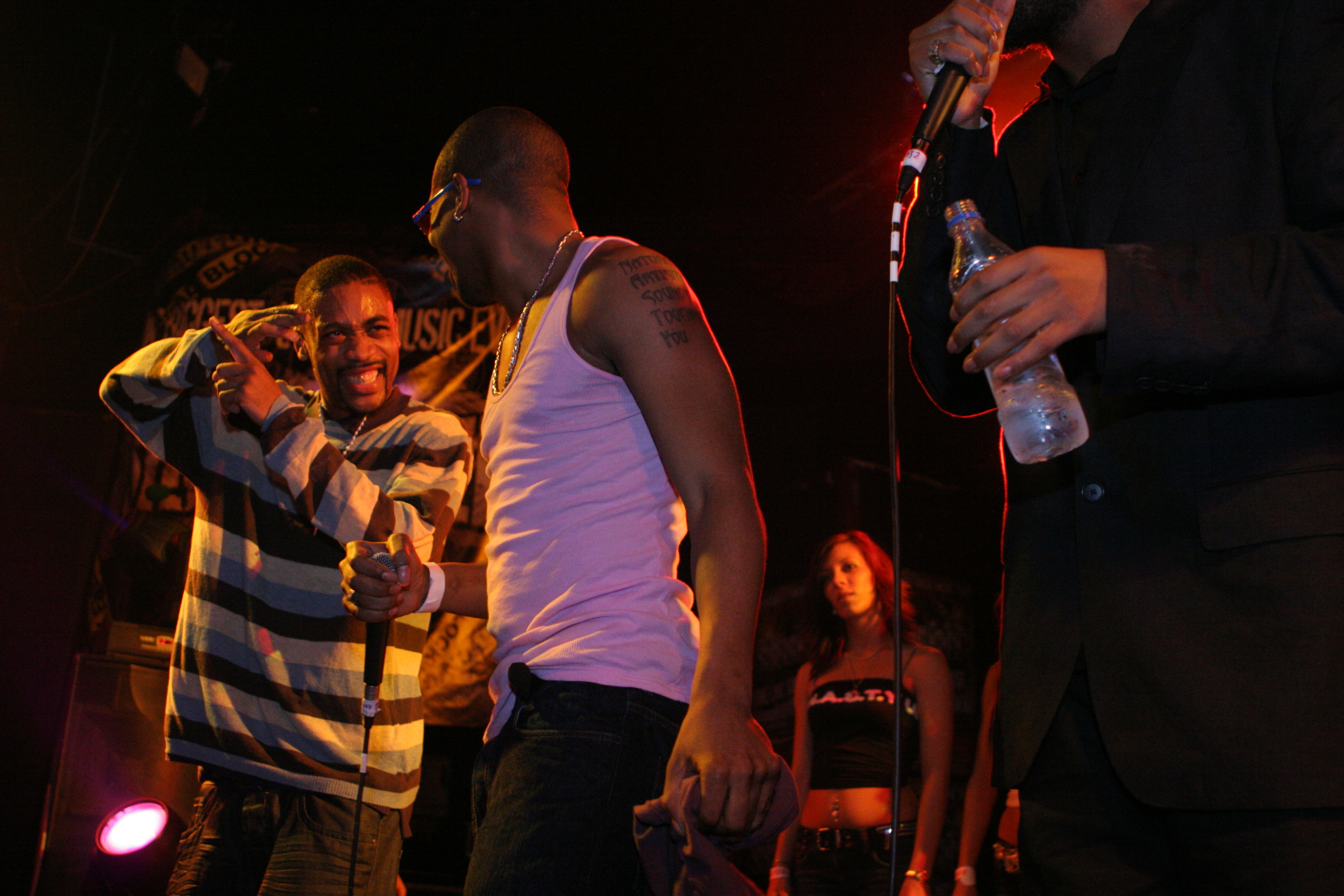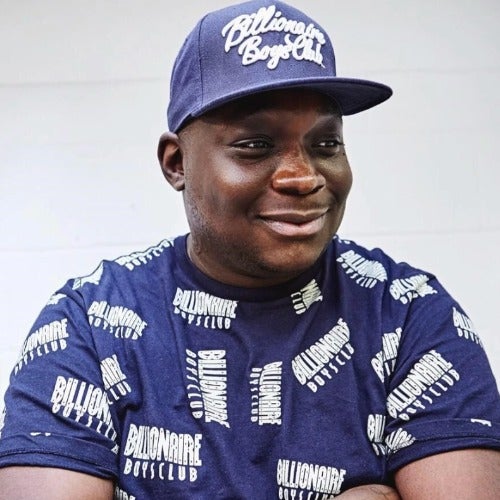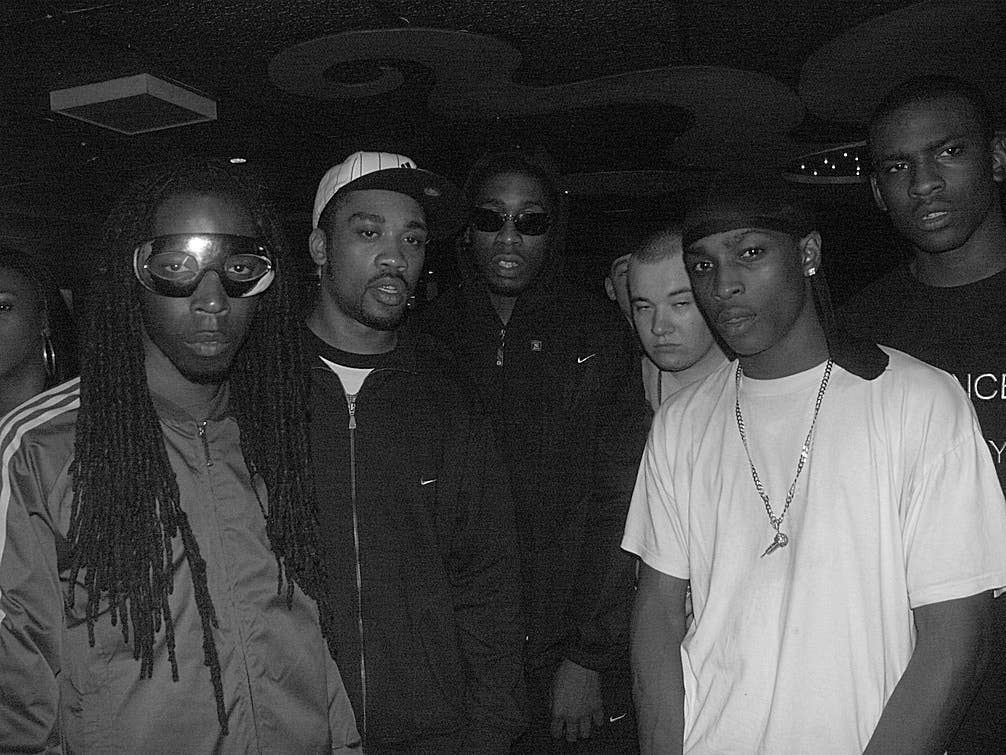
Sidewinder, the seminal UK music club night, has been operating for almost two decades strong. Birthed just outside of London — in the Shires of Northampton — the brainchild of promoters Mark Lambert and Paul Spruce is today considered something of a national grime treasure, and remains one of the most-loved (and attended) bass-heavy raves out.
The live events brand has hosted some of the biggest and best names in UK garage, grime, dubstep and bassline/4x4 on their stages, and they have the DVDs and tape-packs to prove it, too. Paul Spruce, one of the scene’s unsung heroes, gives Complex a personal account of the past, present, and future of this British institution.
PAUL SPRUCE: Sidewinder’s story begins in the late ‘90s. My friend and business partner, Mark Lambert, owned a record shop near the Roadmender venue in Northampton — it was a clothes shop downstairs and a record shop upstairs. You had a lot of people gravitating to the local area back then; people such as Zed Bias, whose track “Neighbourhood” was made off the back of the scene that was bubbling in Northampton. Me and Lambert decided to put on some events in a small, 3-400 people capacity venue in the town called Pages — this was around ‘99/2000. It was always a sold-out affair; it got to a point where it became quite a small place for such a big party. London was obviously having its own problems with the garage scene, and all the So Solid stuff that was going down, which kind of locked down the clubbing infrastructure for the sound.
All you really had left was the pirate radio stations and the people making the music. We were quite lucky that we fell out of that perimeter and were kinda doing similar things, so the people from that movement naturally gravitated out of London, towards the Midlands. Milton Keynes was perfect for us. We went there and worked with some big raves, like Helter Skelter, who were already filling up those massive venues. Bearing in mind this was before you had the internet or Facebook marketing. This was purely getting your arse out there and post boards, flyers, and get people talking about your rave. Big up Chris and Principal too; they’re foundation Sidewinder.
When you make something easier for people to achieve, that means anyone can do it. I think the one thing that’s changed now is that people can sit in front of their computer or pay someone to do something, and it becomes one of these things where if you book the right people and follow the proper steps — you can achieve it. Back in the day, if you didn’t have a network of people that were already involved, doing their thing, you had to build up an infrastructure before you started. It’s no different to being a musician, really. Nowadays, artists are spoilt for choice on ways to get themselves seen and heard. Our events are built a lot on our old reputation, and the people who have come to our raves for years.
We span the decades and people still want to be involved, which really is a blessing. We still have our regulars, but now there’s this new wave too, with people sometimes getting knocked back for being underage. Being based in Northampton was never a problem for us. If you look at the early acid house scene, most of it was spread all over the countryside — nine times out of ten, you had people in Shepton Mallet and all these random places you’ve never heard of before. That’s where these things were! So I don’t think it ever played a factor, us being outside of London. A lot of the emcees, like Wiley and those guys, they came from the jungle and D&B scenes so they were used to travelling up and down the country for bookings.
“The one thing that we try and do is stay true to the same vision we’ve always had: giving underground artists the platform they truly deserve.”


The grime invasion is something I remember vividly.
It got to a point where something needed to happen. It started with a little stage invasion. We always had a massive stage; that came from the old era of acid raves, because they always had their friends, family, everyone involved on stage. Pay As U Go were one of the first crews to hit our stage as a collective and they were well-connected people. Then there was this whole other thing going on in the youth clubs, with kids spraying bars together on a set and getting reloads. That crossed over into the raves heavily in 2001. It was crazy, because you had guys like Tinchy and Dizzee Rascal spitting all these bars and getting reloads on a big stage. It was our version of Jamaican soundsystem culture. Heartless were the only ones pushing a mixture of sounds at our dances; dancehall, garage, and some grime as well.
I remember this one rave we held at Empire in Milton Keynes. It was weird — grime was kind of pushed into the upstairs bit, but it turned out that’s what people were coming for. Wiley and all them knew. You had stuff going on downstairs that no-one was that interested in, and then you had the whole of Roll Deep crammed into a tiny room with a little DJ booth. I was standing next to Wiley Kat and he looked me dead-in-the-eyes and said, “Man’s not having this! We are going downstairs.” We went downstairs, and you know what? I was with them, like: “Yeah, let’s switch this.” I could see what it was meant to be... Why was everybody upstairs in the small room? Not just artist-wise, but sound-wise too? That just showed me something: that people were ready for something different. That’s when we really changed the format and became more grime-focused.
Sidewinder has never taken a break, like some people think. I’m looking at the flyers now and there’s at least one for every single year. Swindon goes up to about 2004/2005. Then there’s the Empire days. Whenever I look at people in Sidewinder, I always think: “What part are you into?” Some people are into the old school garage tunes, and some people see us only from that classic grime era. A lot of the people involved at the end of the Swindon days — when we were doing a lot in Bristol — they were just seeing a mix of everything. They were seeing Boy Better Know, N-Dubz and Skinnyman, all under one roof! And we’d put them all on the tape packs, too.
Those tape packs were legendary. I don’t know exactly how much copies we sold, but I know it was a lot. And, again, this was before the internet/MP3 era, so there was always a demand for it. If you look at some of the Sidewinder: Raw packs that we did, everybody knows certain sets in them word-for-word. You don’t know how many people still come up to me and tell me how legendary those tape packs were. Some of the sets were recorded live from the dance, and some we recorded in a studio before and after the raves to mix it up a bit. We were very lucky. We were on the cusp of something special. There was nothing like a Sidewinder tape or CD pack — you could go into HMV and there was nothing under £10. But you could go in with £20 and, taking it back to the tape era, you could get 20 tapes all in one box.

I don’t know if I should be saying this but I had an idea a little while back about bringing it back in proper cassette format. Vinyl’s doing its thing, but there’s no one in the whole of the UK that actually makes tapes. I tried to look into it but there are literally no pressing plants for it. All the people we used to use don’t have anything to do with tapes anymore; it’s got to the point where our tapes have actually become collectors’ items. I’ve been speaking to people, trying to fill holes in my collection, and some are like: “How much you offering?” It’s funny. You can see the pound signs in their eyes! Things go in so many different directions but one thing that we try and do is stay true to the same vision we’ve always had, which is to give underground artists the platform they truly deserve.
A lot of artists with a lot of talent just don’t get heard. That, to me, is a disgrace. The difference, these days, is that we’ve got control of our own sound. People have managed to take control in different ways, and I think it’s amazing how things have panned out. I still love what Ghetts is doing. He’s Mr. Consistent for me. Ghetto in 2002 was super exciting to witness. Kano too. Lady Leshurr and JayKae continue to make me proud. Wiley never ceases to amaze me; we’ve shared some deep conversations over the years and he’s always been there to give me sound advice. His Eskimo Dance with Cheeky has continued to excel, which has been great for the scene. I always get asked on Twitter, if Sidewinder would ever clash them. I wouldn’t rule it out so who knows what the future holds.



